Climate change is often discussed as future projections, but its effects are very real and very immediate. When Earth warms by just one degree Celsius, the changes ripple through ecosystems, weather patterns, and daily life in ways that are both subtle and alarming. As you look around, you’ll notice these shifts not just in environmental reports, but in tangible, everyday experiences.
1. Heat Waves That Never Seem to End

You might remember summers when a heatwave was a rare event, something distinctly set apart from regular sunny days. Now, imagine those unbearable stretches of heat lasting longer and occurring more frequently. According to a study published in the journal Environmental Research Letters, a one-degree Celsius rise could lead to a 30-fold increase in extreme heatwaves. These changes aren’t just numbers; they’re felt when you step outside and the air feels like a wall of heat, retreating to air-conditioned spaces becomes less of a choice and more of a necessity.
The implications go beyond personal discomfort. Prolonged heatwaves strain power grids as everyone cranks up their air conditioning, pushing systems to their limits and occasionally resulting in blackouts. It also affects agriculture, as crops suffer under relentless sun, leading to higher food prices and impacted livelihoods. And while you might think you’re handling the heat, vulnerable populations—like children and the elderly—are at an increased risk of heat-related illnesses.
2. Rain That Just Won’t Stop
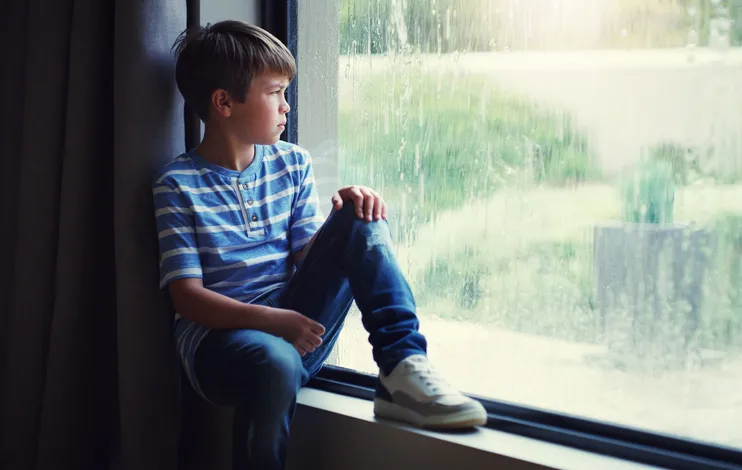
Then there’s the opposite extreme: incessant rainfall. You’re used to rainy days, sure, but this is different. It’s as if the sky has forgotten how to close its faucets, leading to swollen rivers and flooded streets. What starts as a minor inconvenience quickly escalates into a community-wide problem when water levels rise, impacting homes and transportation.
Flooding’s effects aren’t just temporary. When rain seems endless, it can erode infrastructure, undermine roads, and seep into buildings, causing damage that takes months, if not years, to fully repair. Beyond the physical impact, there’s a psychological toll as well—living in a constant state of alertness, wondering if and when the next big flood will hit. It’s a relentless cycle of dealing with the aftermath and bracing for the next wave.
3.Allergies That Just Won’t Quit
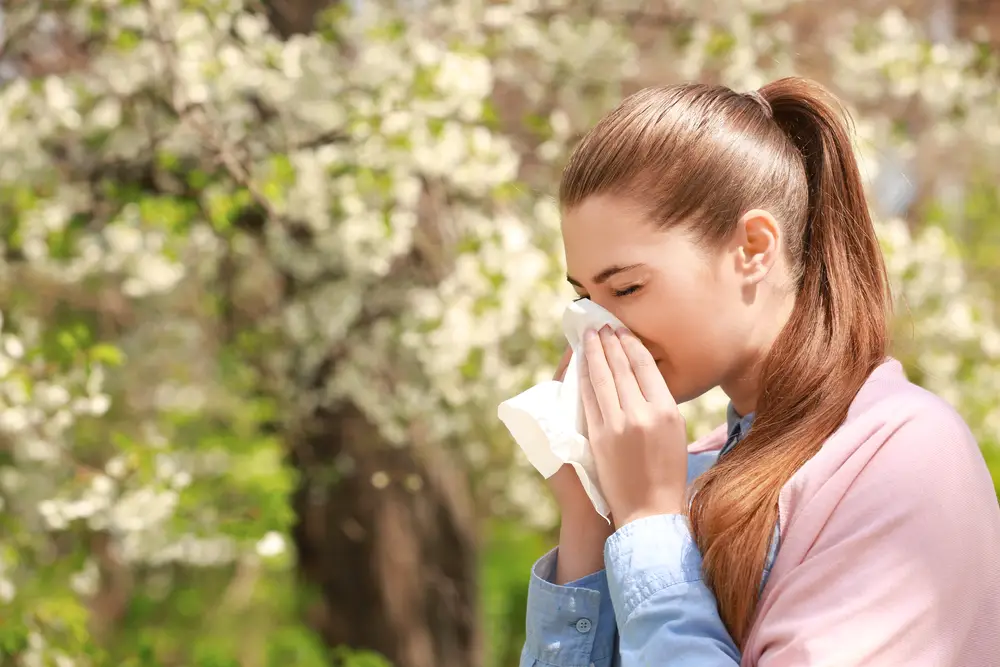
If you thought your spring allergies were bad before, brace yourself for an extended pollen season. With warmer temperatures, plants begin to flower earlier and continue seeding longer, releasing pollen over a protracted period. A study in The Lancet Planetary Health suggests that climate change could significantly extend pollen seasons and increase the amount of pollen produced. Suddenly, what used to be a seasonal annoyance becomes a near-constant struggle.
But it’s not just about sneezing your way through meetings. Allergies can exacerbate respiratory conditions like asthma, especially in urban areas where air pollution compounds the problem. You might notice more people reaching for inhalers or missing work due to sinus infections or asthma attacks. It’s an added layer of health concerns that complicates daily life, making it hard to breathe easy—literally and figuratively.
4. Sea Levels That Keep Creeping Up

For those living near coastlines, a one-degree increase is not just an abstract number; it’s a daily encroachment of sea onto land. You might find your favorite beach steadily eroding away, and local infrastructure grappling with chronic flooding. The water isn’t just getting higher, it’s getting more frequent, with king tides causing regular nuisance flooding in previously safe areas.
The effects ripple outwards. As sea water intrudes into freshwater supplies, it affects drinking water and agriculture. Coastal communities face a tough choice: invest in costly adaptations and defenses, or relocate entirely. It’s a disruptive force that’s reshaping the physical and social landscapes of coastal regions.
5. Wildlife That’s Disappearing Fast
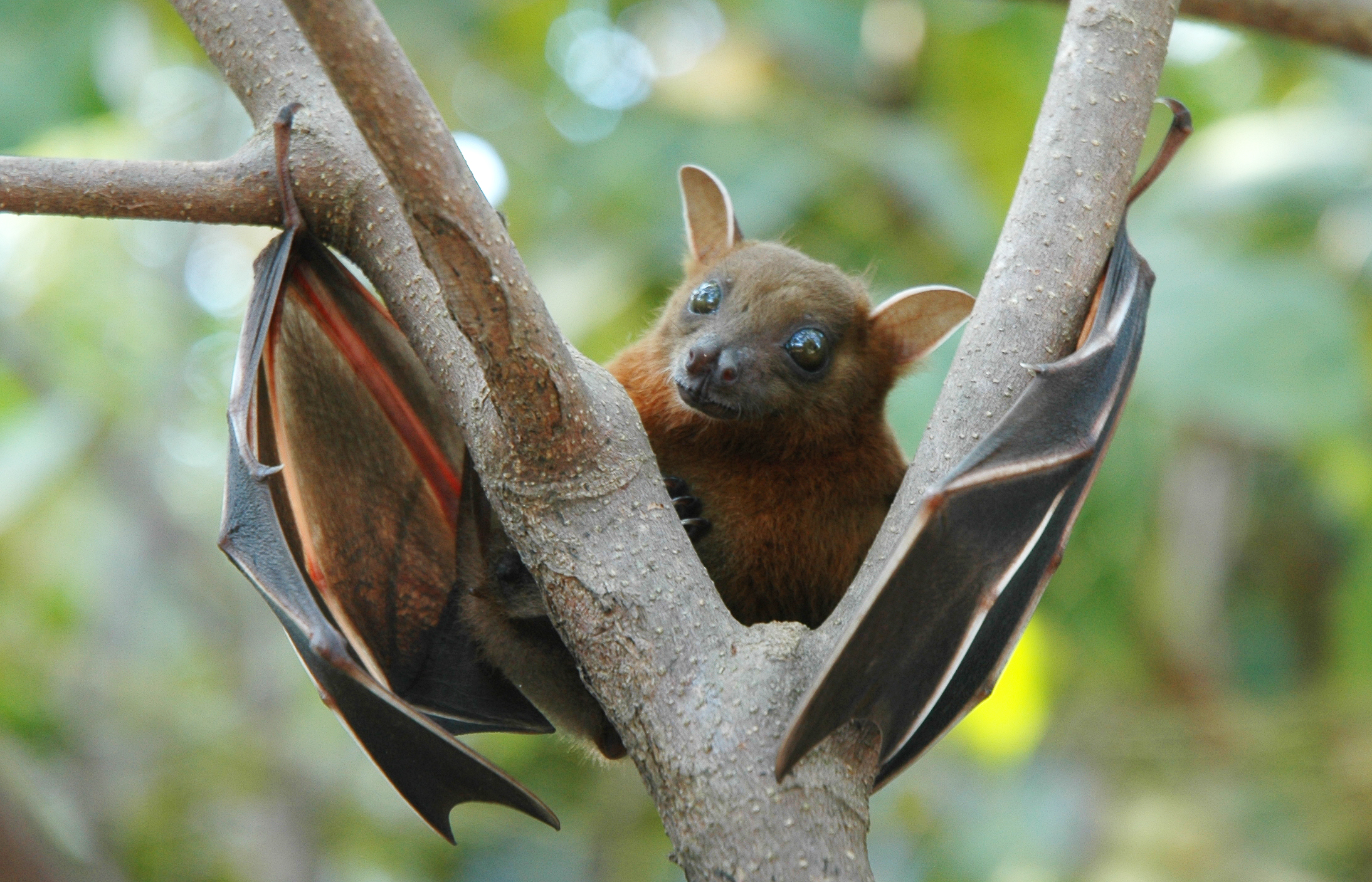
If you’ve noticed fewer butterflies or birds around, you’re not imagining things. Rising temperatures and changing climates disrupt the habitats and food sources that wildlife depend on. A report by the World Wildlife Fund highlights how species like polar bears and coral reefs are incredibly vulnerable to these temperature shifts. These changes aren’t just sad; they disrupt ecosystems and the biodiversity that supports human life.
Think of it as nature’s domino effect. When one species is affected, it impacts the entire food chain, leading to consequences you might not predict. For example, fewer bees mean less pollination, which affects crops and, ultimately, food availability. It’s a silent unraveling of the complex web of life that sustains us all.
6. Ice That’s Melting Faster
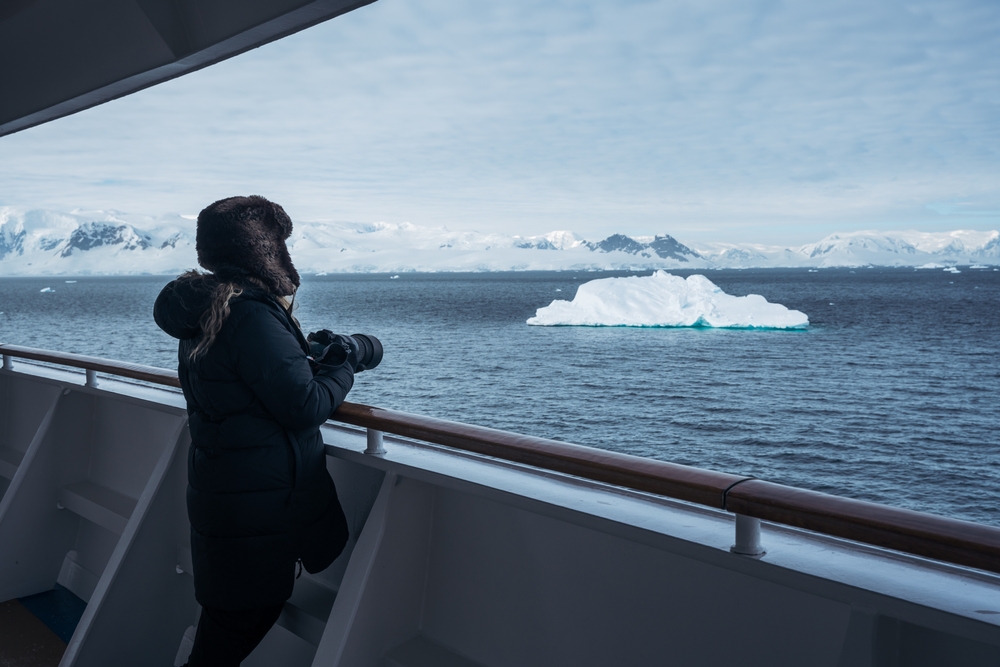
The image of melting glaciers might seem distant and far removed from your daily life, but its effects are anything but. As glaciers and polar ice melt, they contribute to rising sea levels and disrupt ocean currents, which can affect climate patterns across the globe. You might not see these ice giants disappearing firsthand, but you feel the changes they drive—whether it’s altered weather patterns or shifts in fish populations if you live near the coast.
The melting ice holds another hidden danger. As permafrost thaws, it releases greenhouse gases like methane, which were previously trapped beneath the frozen ground. This release further accelerates global warming, creating a vicious cycle that’s hard to break. It’s a crucial reminder of how interconnected our planet’s systems truly are.
7. Severe Droughts With Devastating Effects

On the flip side, rising temperatures can lead to severe droughts in areas that rely heavily on rain. Your garden wilts, water restrictions become the norm, and the landscape takes on a parched, brown hue. According to the National Drought Mitigation Center, climate change is expected to increase the frequency and severity of droughts worldwide. It’s not just a challenge for farmers—droughts affect everyone by limiting water supplies and increasing food prices.
The economic strain of droughts is significant. Agriculture takes a direct hit, and with it, the many industries that rely on farming outputs, from food processing to transportation. The strain on water resources means that what was once abundant becomes scarce, leading to competition and sometimes conflict over water. It’s a stark reminder of how precious—and precarious—our natural resources really are.
8. Coral Reefs That Are Bleaching
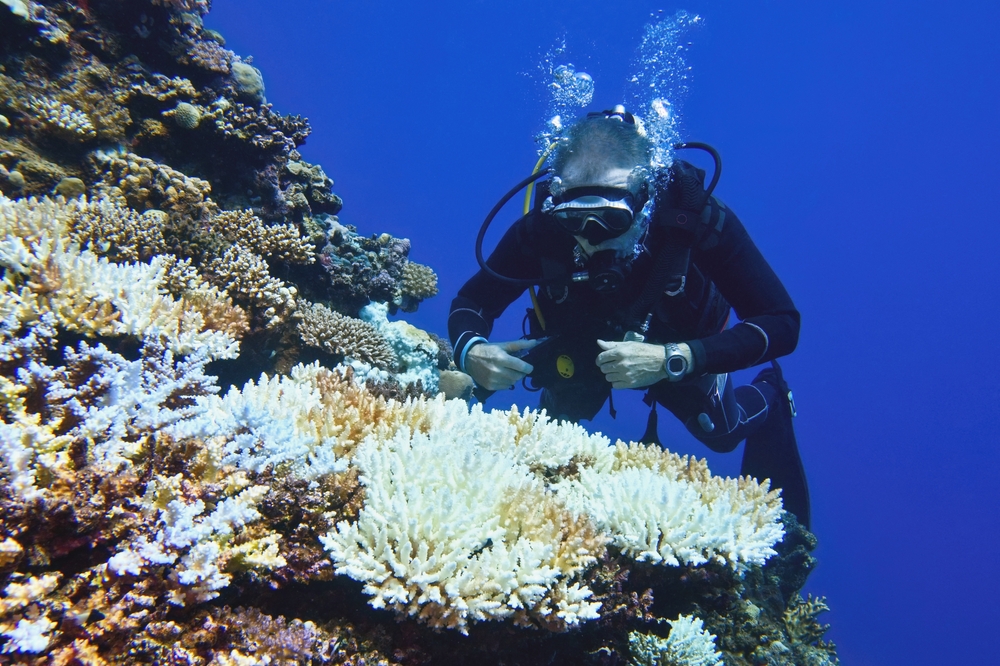
You might not visit coral reefs regularly, but their health is a clear indicator of oceanic conditions. As the planet warms, ocean temperatures rise, leading to coral bleaching—a stress response where corals expel their vibrant, life-sustaining algae. What was once a colorful underwater garden turns into a ghostly white skeleton of its former self. It’s not just an aesthetic loss; it’s a profound change in marine biodiversity.
The loss of coral reefs has far-reaching implications. They serve as breeding grounds and habitats for countless marine species, and their decline affects the entire oceanic food chain. For coastal communities, reefs act as natural barriers against storm surges and erosion. Their degradation threatens not only marine life but human settlements and economies that depend on healthy ocean ecosystems.
9. Fish That Are Becoming Extinct
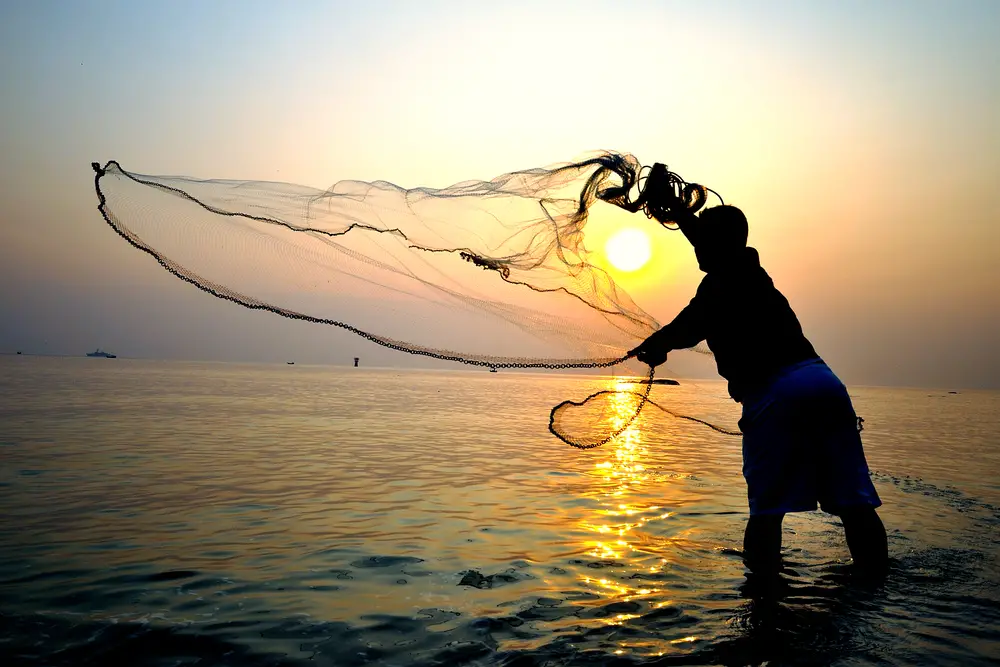
Fishing trips might become more frustrating as fish populations migrate in search of cooler waters. As ocean temperatures rise, many fish species relocate, seeking environments that suit their temperature preferences. This means fish that were once abundant in a particular area might move, disrupting local fishing industries and ecosystems. For those who fish for a living or simply enjoy it as a pastime, this shift is both economically and recreationally significant.
The impact extends to your dinner plate. Seafood availability and prices can fluctuate as fish populations redistribute, affecting both supply and cost. Regions that rely heavily on fishing can face economic challenges, with livelihoods at risk as traditional catch patterns change. It’s a global game of musical chairs, with fish stocks moving to the rhythm of a warming planet.
10. Forests That Are Burning

If you live near forests, the threat of wildfires is likely always present, but it’s becoming more severe. With hotter temperatures and drier conditions, forests become tinderboxes, ready to ignite at the slightest spark. You might find yourself checking news alerts more frequently during fire season, monitoring air quality, and planning for possible evacuations. The scent of smoke in the air becomes an unsettlingly common occurrence.
Beyond the immediate danger, wildfires contribute to long-term environmental issues. They release significant amounts of carbon dioxide, further fueling climate change. The loss of trees impacts air quality and biodiversity, altering landscapes that take decades to recover. For affected communities, the impact is deeply personal, with homes and habitats lost to the flames.
11. Crops That Just Won’t Grow

As a food lover, you might notice changes in the availability and variety of produce at your local market. Climate change affects growing seasons, making it harder for farmers to predict and yield successful harvests. With unpredictable weather patterns, traditional farming calendars are being thrown off-kilter. It’s a challenge that threatens food security and can lead to higher grocery prices.
These shifts in agriculture also have ripple effects on global food systems. Regions that were once fertile may become less productive, forcing farmers to adapt or relocate. It’s not just about what you eat; it’s about how food is produced, distributed, and accessed worldwide. The agricultural belt tightens, challenging a core component of human survival.
12. Winters That Feel More Like Summer

Do you fondly remember snow days and the crisp chill of a true winter? Those memories might soon be just that—memories. With a one-degree temperature rise, winters become milder, with less snow and more rain in areas that once relied on snowfall. The ski industry struggles, and winter sports enthusiasts find fewer opportunities to hit the slopes.
But it’s not just about recreation. Milder winters can disrupt ecosystems, as many plants and animals rely on cold weather cues for their life cycles. Insufficient snowpack also affects water supplies, as snow melt is a crucial resource for many regions. The changing winters are yet another signal of the broader shifts happening around us.
13. Mosquitoes That Are Everywhere

One unexpected consequence of a warmer planet? More mosquitoes. With milder winters and warmer temperatures, mosquitoes expand their range, becoming more abundant and active for prolonged periods. You might find yourself swatting away these pests more often, even in regions where they were previously uncommon.
This increase is more than a nuisance—it’s a significant public health issue. Mosquitoes are vectors for diseases like malaria, dengue fever, and Zika virus. As their populations grow, so does the risk of these diseases spreading to new areas. It’s a reminder of the interconnectedness of climate change and global health.
14. Global Tensions That Continue to Intensify

Beyond the tangible environmental effects, a one-degree temperature rise can exacerbate social tensions. As resources like water and food become scarcer, competition intensifies, leading to potential conflicts. You might see communities banding together to find solutions, or, unfortunately, divisions widening as people contend with these new challenges.
The psychological impact is also significant. Anxiety about the future of the planet is becoming more common, affecting mental health on both individual and societal levels. It’s a stressor that compounds existing issues, requiring innovative solutions and collaborative efforts to address. In this warming world, the call for solidarity and resilience is more crucial than ever.
